Filenews 6 July 2025 - by Angelos Nicolaou
A new scientific study brings to light a lesser-known treasure of Cypriot nature: the biodiversity that grows in active and inactive quarries on the island. The research, carried out as part of an environmental assessment programme, records and analyses the ecosystems that emerge or are maintained within quarry areas, offering new data on the relationship between human activity and the natural environment.
According to the authors of the study, several areas that currently bear the signs of intensive exploitation have significant concentrations of species, many of which are endemic or protected. Birds, reptiles, amphibians, rare plant species and insects have been found to inhabit or nest in the human-mutated landscapes of the quarries.
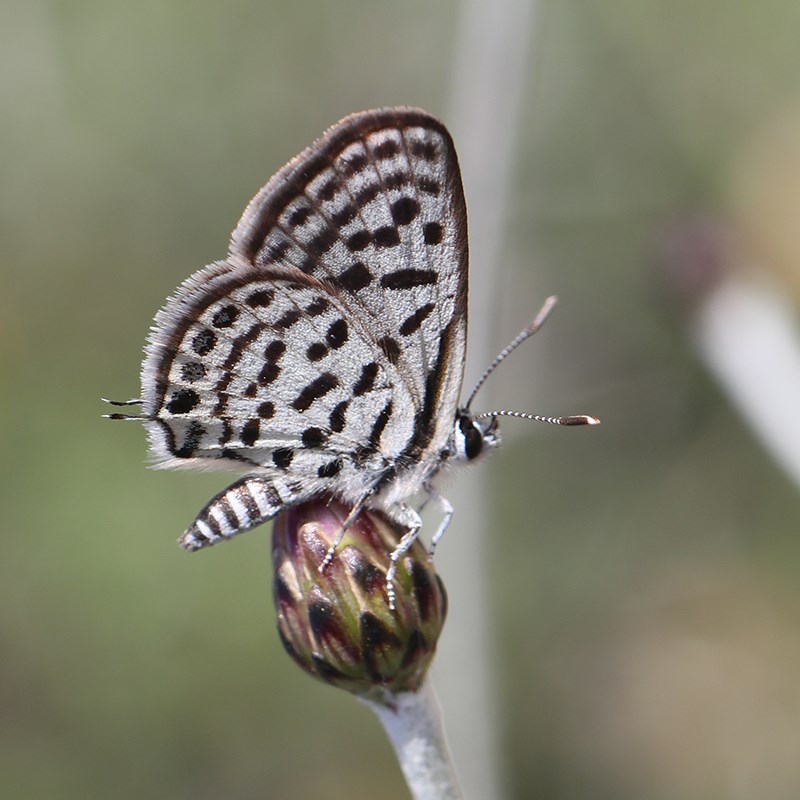
On the occasion of the presentation of an innovative study at the University of Cyprus, the way we perceive quarries is radically changing. The study, titled "Recording and Evaluation of Biodiversity in Aggregate Quarries in Cyprus", was recently presented at an event that brought together government and other officials, academics, environmental bodies, industry representatives and interested citizens.
This is the first national project in Europe to systematically examine the state of biodiversity in a country's quarry areas. The study was carried out by the Department of Biological Sciences of the University of Cyprus, under the coordination of Professor Spyros Sfendourakis, commissioned by the Pancyprian Association of Skyscrapers and the support of the European Association of Quarries.
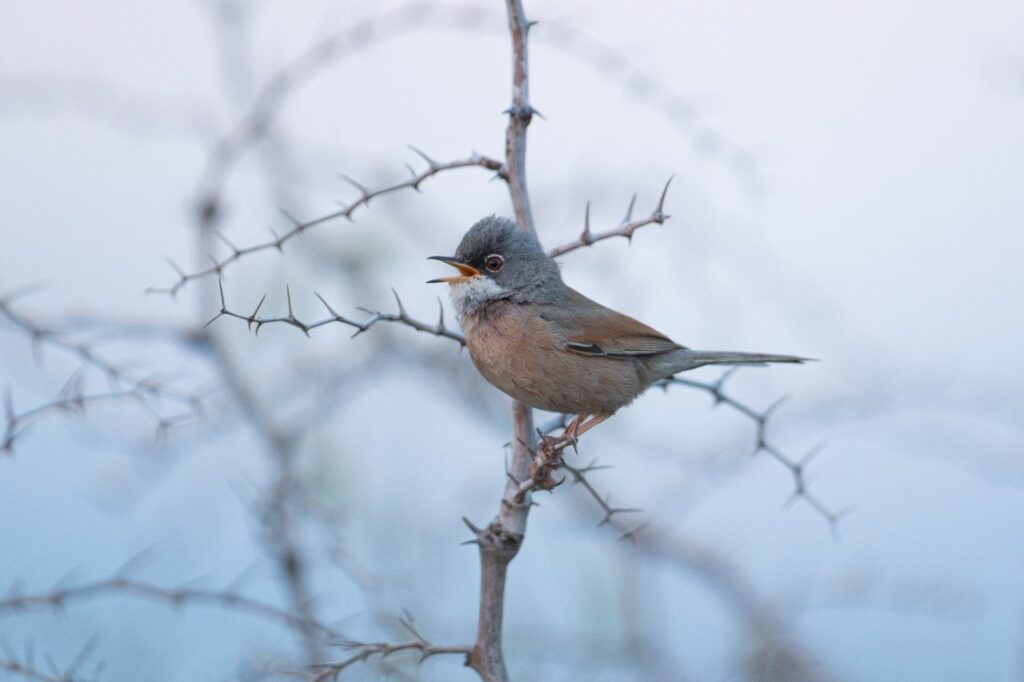
The event was attended by the Minister of Agriculture, Rural Development and Environment, the Commissioner for the Environment, the President of the Council of the University of Cyprus, the Directors of the Department of the Environment and the Mines and Quarries Service, as well as environmental organizations and civil society representatives. Everyone agreed on one point: this study marks the beginning of a new dialogue on sustainable mining.
New data – New perspectives
Under the slogan "New Data – New Perspectives", the research team attempted to assess whether and how biodiversity is affected by quarrying activities. The answer is not just positive, it is almost subversive: with proper management, quarries can be a haven of life, hosting rich and rare species, sometimes in greater variety than in natural areas of their environment.
The study covered 10 aggregate quarries (Parekklisia, Mitsero, Co., Pyrga, Xylopagou, Mosfiloti, Agios Sozomenos, Vasa, Farmakas, Androlykou), representative of the geographical zones of Cyprus in all provinces. The recording was carried out in two seasons, spring and autumn, in order to take into account the seasonal change in biodiversity.

The originality of the study lies in the fact that it was not limited to visual observations, but used complex protocols: plant recording, placement of soil traps for insects and isopods, visual and acoustic observation of birds, active search for reptiles, and even mapping of habitat types according to European Union Directive 92/43/EEC.
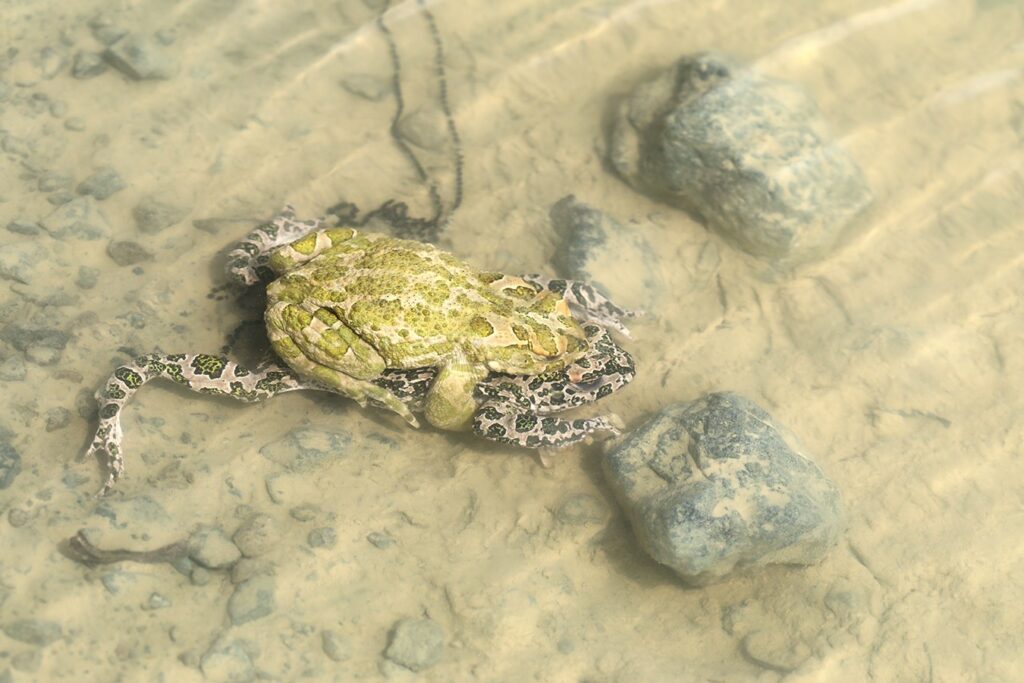
Eight groups of organizations, tens of thousands of data
The scope of the study covers 8 different biological groups: plants, birds, reptiles, amphibians, mammals, butterflies, beetles and terrestrial isopods. All the data comes from more than 50 thousand observations, with quantitative and qualitative analysis.
Key findings include:
- 435 species and subspecies of plants, of which 27 are endemic. Five are included in the Red Book of the Flora of Cyprus.
- 104 species of birds, many of which were recorded exclusively in restored quarries.
- 11 species of reptiles and amphibians, with a strong presence of endemic species.
- 132 species of beetles and 35 species of butterflies, including 6 endemics.
- 23 species of isopods, with clear geographical differentiation.
The data show that the restored areas within the quarries have a biodiversity equal to or even higher than the neighbouring natural areas. Some species, in fact, are found exclusively in such locations, which debunks the myth of "dead landscapes".
What does the biodiversity of quarries reveal
One of the most striking findings of the study concerns the comparison of biodiversity inside and outside the quarries. Although the common perception is that quarries are degraded areas, with no ecological value, research proves the opposite: the areas under restoration are home to a plethora of species, in many cases more than the natural ecosystems of the area.
Biodiversity does not just depend on whether the area is natural or man-made, but mainly on the diversity of microhabitats, the heterogeneity of the landscape and the connection with natural habitats. It is precisely there that several quarries prevail, especially those located near rivers, streams, mixed forests or semi-natural areas.
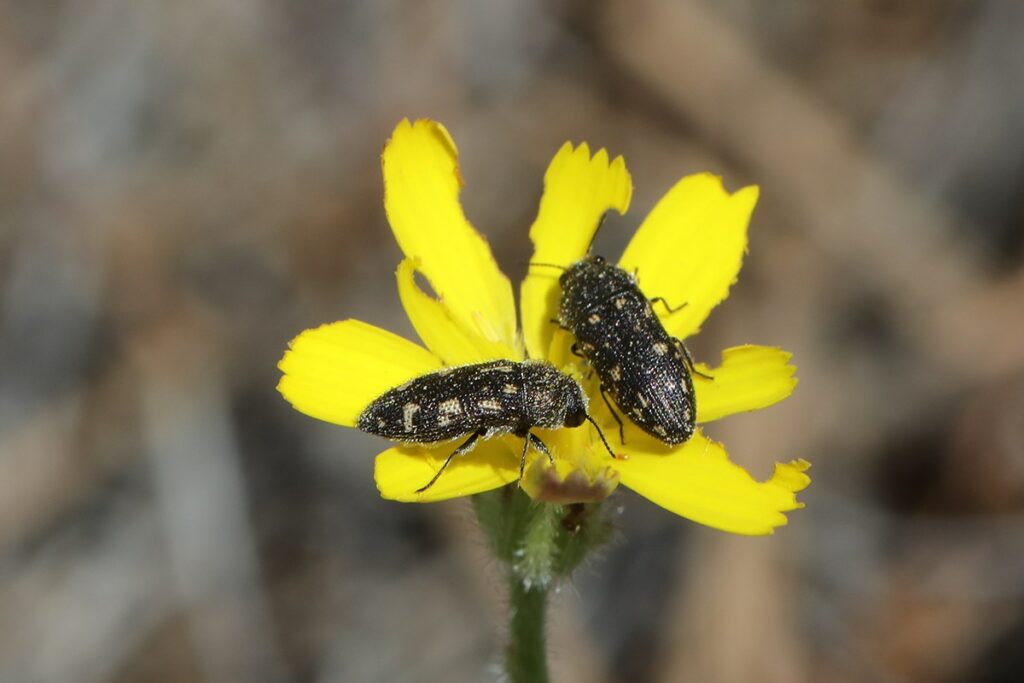
Impressive presence of plants
The plant communities that grow in restored quarries are characterized by great diversity. It's not just about surviving resistant species in degraded soils, but about creating new combinations of species, often with endemic plants and species that are rare in the surrounding areas.
The researchers recorded 435 species and subspecies of plants, with an impressive presence in areas such as Mitsero and Parekklisia. Natural substrates and periodic disturbance seem to favor the establishment of species that avoid shady forests. It is noteworthy that many alien species are confined to places with recent plantings, which advocates natural regeneration rather than the imposition of homogeneous vegetation cover.
More bird species
Quarry water reservoirs act as "ecological magnets" for birds. In several cases, more bird species were recorded inside the quarries than in the natural areas. Transient wetlands and open surfaces provide habitats for riparian species, insectivores, and predators.
In Parekklisia, for example, birds such as the kestrel, the woodpecker, the starfish, as well as migratory species were recorded. The heterogeneity of the microlandscape (ponds, bushes, stony spots) creates a mosaic that attracts microfauna. The presence of nesting species within restored areas indicates that quarries can support permanent ecological structures.
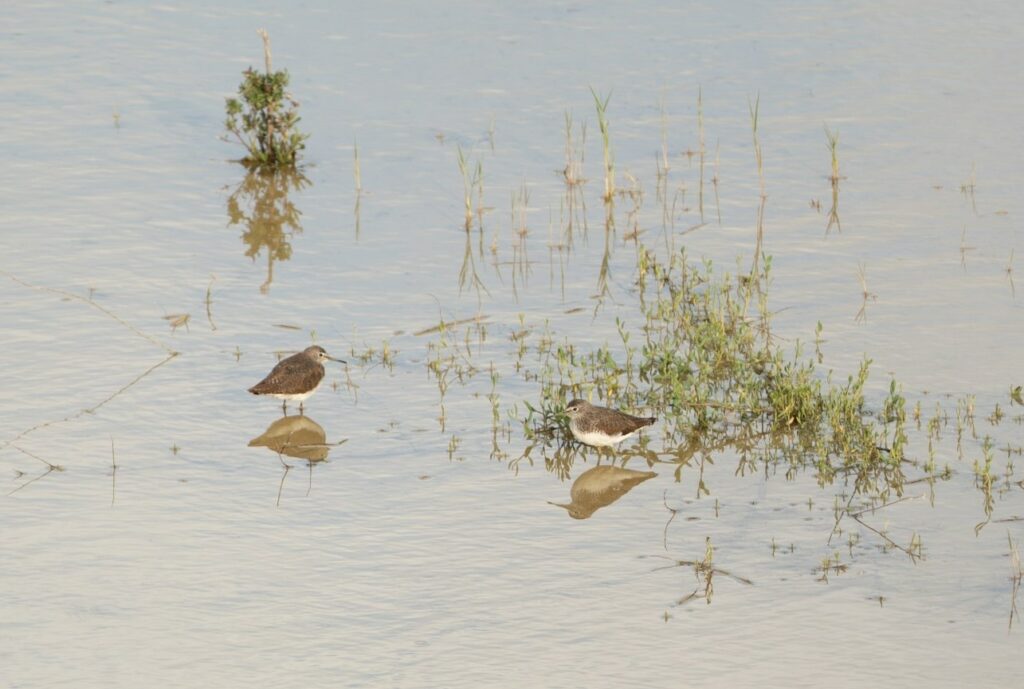
Reptiles and amphibians, the evidence for habitat structure
Reptiles are among the best biomarkers for habitat structure. Recordings have shown that the rate of occurrence of endemic reptiles within restored areas is high. The presence of the Cypriot snake (Hierophis cypriensis), the Cypriot sage (Mediodactylus amictopholis) and the transosaurus (Stellagama stellio) is linked to the existence of natural elements such as stones, cracks, old buildings and shading.
Amphibians, more demanding in terms of humidity, were mainly found near seasonal wetlands and stagnant waters. The green frog Pelophylax cypriensis has been recorded in quarries with constant water collection. This confirms that the wet zones within quarries are critical for water-dependent species, an often overlooked element.
Invertebrates, the invisible protagonists
Terrestrial beetles of the families Carabidae and Tenebrionidae, butterflies and isopods have revealed findings of scientific value. Their distribution appeared to be influenced by microclimatic elements, ground cover and a history of spatial disturbance.
Beetles of the genus Calathus and Harpalus are more abundant in areas with less organic matter and more open surfaces. Butterflies show greater variety in areas with high flowering, a sign of good ecological recovery. An important finding is the recording of endemic isopods in restored quarries, confirming that these invertebrates return as soon as elementary soil and microbiome conditions are restored.
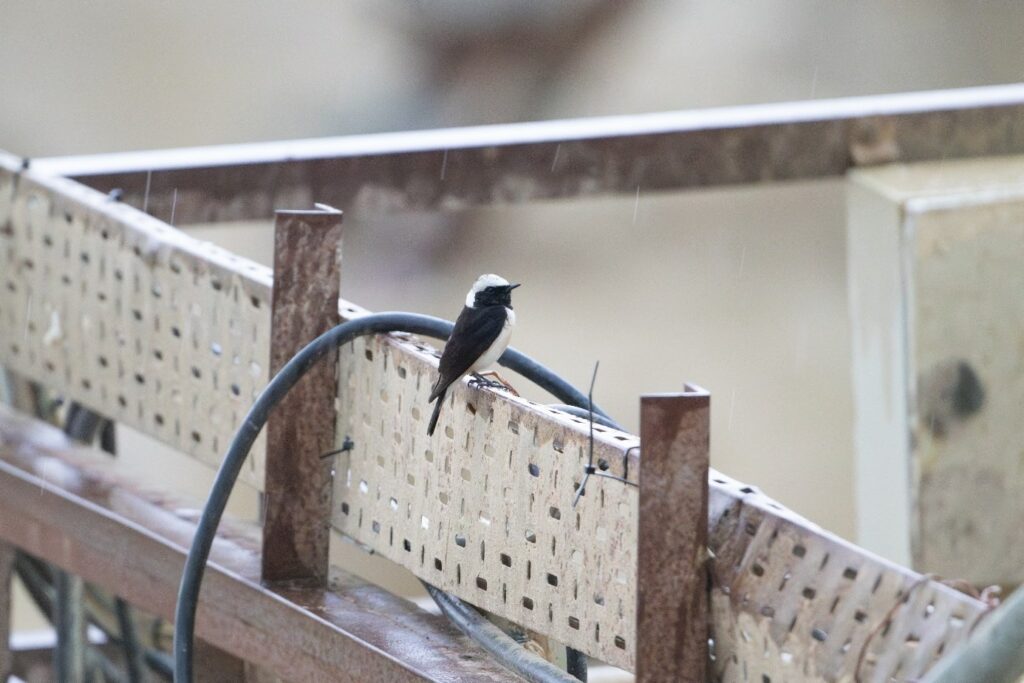
Spaces for ecological stability
The value of the study lies not only in recording species, but in analyzing the composition of biocommunities. The groups of species that are formed in each quarry reflect the potential of these areas to host stable ecological communities.
This evidence refutes the view that life in the quarries is fragmented. On the contrary, the study shows that in cases of proper restoration, ecological stability is created, where species with ecological interdependence reappear.
The value of the findings for the environment
The study was not limited to scientific documentation, it also functioned as a policy tool. It highlighted measurable data, but also practices that can be incorporated into the management of quarries. In fact, it shifts the debate from the rhetoric of environmental sensitivity to applied policy, reinforcing the thesis that productive activity is not reprehensibly incompatible with nature.
The key political message is simple but crucial: Mining activity, when accompanied by ecologically documented restoration and respect for natural heritage, can turn from an environmental threat into an opportunity for biodiversity.
Growth with nature" and not "Growth or nature"
Key to the success of the study was the tripartite cooperation between the scientific community, industry and state authorities. The Pancyprian Association of Skyscrapers demonstrated consistency and self-criticism, the University of Cyprus maintained its scientific independence and government departments contributed to the successful conduct of the research. The study, although it concerns a technically specialized topic, has broader political value. At a time when the concept of the "green transition" dominates the public debate, the results of the survey shed light on an area that is often overlooked.
Quarries, despite their dirty past and industrial identity, can become fields of application of modern nature protection policies. And without affecting their productive function.
The adoption of the study's proposals can serve as a model for other productive sectors: agriculture, energy, infrastructure. The idea is to escape from the dipole of "growth or nature" and move on to "growth with nature". According to sources from the scientific community, this is the issue and this will be the best solution for the next generations. The recording of biodiversity in the quarries of Cyprus is not just a scientific task. It's a narrative that changes the way we see the landscape. It tells us that nature is neither static nor fragile, it is dynamic, regenerative and unpredictably resilient. And that even where matter is removed, life can return, the same sources conclude.
Political recommendations to industry and public administration
The scientific team formulated a set of realistic proposals, which can be adopted by both public administration and industry:
- Maintenance or creation of ecological connecting corridors between quarries and neighboring natural ecosystems. The "connectivity" of habitats is critical for the movement of organisms.
- Utilization of water reservoirs as permanent or seasonal wetlands. Transient ponds, even if they do not have a stable aquifer, support critical stages of the biological cycle of many species.
- Avoid unambiguous tree planting with a few species. The tendency to cover all quarries with pine or eucalyptus trees limits biodiversity. Enhancement of natural regeneration is proposed.
- Integration of microlandscapes and habitats such as stones, cracks, dry stone walls, microphysical wetlands, to serve the needs of different species.
- Control of alien invasive species that often prevail in the early stages of restoration and threaten the local flora.
- Reduction of light and noise pollution, especially in quarries near Natura areas or protected habitats.
- Establishment of biodiversity monitoring every five years, in stable positions with specific indicators.
The above proposals are not theoretical; they build on the successes recorded in specific quarries (such as in Mitsero, where natural resettlement of endemic species was observed in places without planting) and can be applied directly at low cost and high ecological efficiency.
Ecological reconstruction through quarries
One of the most interesting ideas of the study is that quarries are not just restoration areas, they are dynamic systems that can evolve into new ecosystems. It is not just a matter of returning to the previous situation, but of creating complex, multi-layered landscapes that host a multitude of organizations.
The concept of "ecological reconstruction" proposes the transition from the "grassy pit" to the functional habitat. The presence of natural elements (shady spots, bare ground, small streams, wild grass) can enhance the overall environmental value of a quarry, even surpassing its original state.
The study also proposes the creation of a national restoration framework, setting minimum biodiversity standards and incorporating knowledge from science and best practices.
